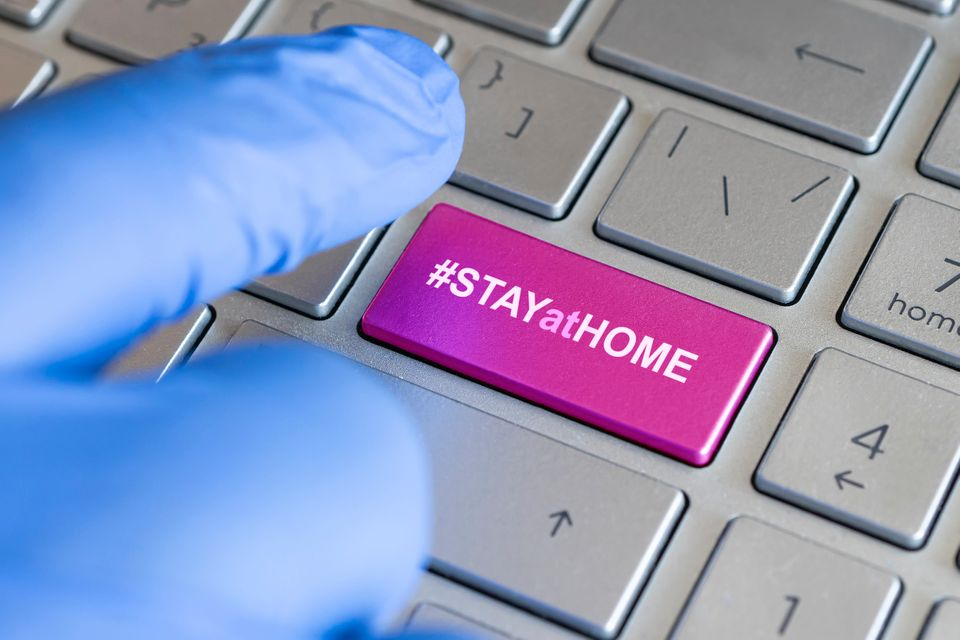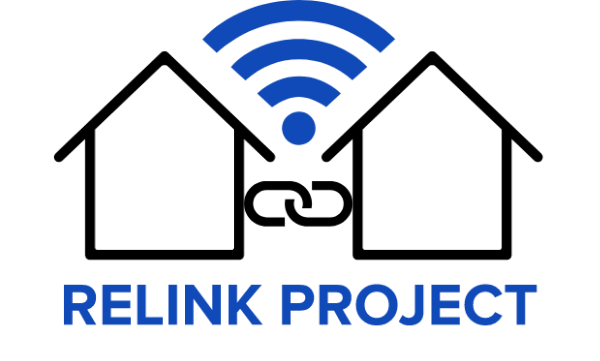
In early April, only a few weeks after the first comprehensive corona restrictions were imposed on Norwegian citizens, SIFO/OsloMet conducted a national survey (1000 respondents, webpanel) to explore how Norwegian households coped with the initial critical phase of the pandemic. In essence, as of March 12, 2020, Norwegians were encouraged to #stayathome. This implied that a range of everyday tasks and activities that previously were done outside the home, now had to be accomplished from home. This situation, were work, school, recreational activities, entertainment, shopping, public services and so on, all must be conducted online, put immense pressure on the digital infrastructure of the home (and society). It requires robust digital infrastructure, sufficient equipment, proper security/privacy routines, relevant digital competence, as well as the establishment of new routines and coordination of everyday digital activities at home.
Most questions in the survey are based on Relink-related challenges. The survey seeks to capture important changes for the population in this critical phase by applying a broad perspective on digital everyday life in Norwegian homes. This means that we have considered the use of digital infrastructure and security of digital equipment, experiences with digital home office and digital school, increased use of a variety of existing and new digital services, and assessments of digital dependence and vulnerability.
Some of the main findings are:
- Well-secured networks: The survey shows that 97% of households have wireless networks at home, and that 97% of these have password-protected their networks. This ensures that the network is not being compromised by others outside the home.
- New equipment and software: As the corona crisis forced people to stay at home, many had to download new software or purchase new digital equipment. The survey shows that 13% downloaded new software for home purposes, while 11% purchased new digital equipment.
- Some increase in fraud, viruses and hacking: With the corona crisis, there has been an increase in cybercrime, also directed at private homes. Looking at online scams, 7% experienced this in the household, and most among the oldest. At the same time, 3% experienced digital viruses, while 2% experienced hacking, and just under 1% experienced ID theft.
- Increased pressure on digital infrastructure: With “everyone” at home, and the need for information, communication, services, entertainment and home-work is great, the simultaneous use of digital services will increase the pressure on digital the infrastructure at home. The survey shows that 56% say digital devices to a greater extent than before the corona crisis are used simultaneously in the home.
- More digital lagging and downtime: One challenge the household can experience, as a result of increased and more simultaneous use of digital services, is a lagging network connection or an increase in downtime of computer systems. 41% have experienced increased lagging/downtime during the corona crisis, but we do not know how problematic this is for the households.
- More people in “home offices”: A key change in connection with the pandemic and the severe corona measures has been the immediate “closure” of some companies/ sectors. Many people suddenly had to reorganize and perform work from home. Among those who are working, 50% have home office solutions as a result of the corona crises. Among these, 60% had experience with home office from before. The survey shows that the transition to digital home office for most employees (77%) was perceived as unproblematic.
- Most people use equipment from work: Not everyone has a home office with equipment provided by the employer, and some have temporary private solutions. 77% of employees with a home office use the employer’s equipment, while 23% use their own equipment.
- One in three has received additional information/training: When the workplace becomes home-based, cybersecurity is suddenly challenged. 32% of those with a home office received additional information or training after the corona measures, while the majority did not. It may be that the routines/competencies already were good enough, that the need for safe digital use is not that pertinent, or that employers lack routines for information sharing or training in crises. 11% of employees feel they need additional knowledge about safe digital use at home, and less among men than women.
- Schoolchildren master home school well: When the corona measures were introduced, schoolchildren immediately had to move home and establish home schooling routines. The vast majority of parents/guardians (75%) feel that the children master schoolwork from home in a good way. For 21%, the degree of mastery depends on which child it is, while only 4% feel that their children do not master schoolwork from home.
- Many schoolchildren use the household’s private digital equipment: The survey shows that 49% of the children use the school’s PC/tablet at home, while 32% use the household’s private equipment, and 17% use both. In general, most parents/ guardians (80%) feel that the technical home school solutions work well. 16% say it depends on the child, while only 4% think the solutions work poorly. 45% of parents claim that one or more of the children need digital help regarding home schooling.
- Digital services simplify “corona life” but create more dependency: The survey shows that 72% believe that digital services facilitate and simplify the everyday life of the household during the corona crisis. However, increasing use of digital services (and fewer analogue options) increase digital dependency. In the survey, 65% agree that they depend on digital equipment and network services during the crisis. Furthermore, a loss of network connection would be perceived as problematic for many, which is confirmed by 72% in the survey.
- Decent digital literacy, but the elderly are more uncertain: Comprehensive digital competence is required in order to handle and utilize digital services. A majority, 82%, believe that the household has sufficient digital expertise to manage and benefit from the online services offered during the crisis period, with a slightly lower proportion among older people.
- The digital divide can increase: One societal challenge in the face of rapid digitization is the potential for a further digital divide. In a crisis situation, which requires rapid digital transformation, different social/demographic groups will handle digital challenges differently. In the survey, 51% agree that the responsibility placed on households to handle everyday life digitally, can increase the digital divide in the population.
- Need for digital preparedness plan at home: As a result of increased use and dependence on digital services, the question arises how “digitally” well prepared Norwegian households are in this type of crisis situation. When the government encourages or demands that the population should stay at home, it implies an expectation that the household should master everyday life with a significant degree of “digital self-sufficiency”. While companies/organizations have emergency plans and risk assessments, this does not exist for Norwegian homes. Thus, in the survey, 58% agree that public authorities should draw up a “digital preparedness plan” for Norwegian households, which prescribes the kind of digital equipment, services and security rules that are necessary to operate safely during longer crises – and what the authorities should take responsibility for.
Report:
A press release was issued about the “digital corona life” report on May 20, 2020:
- NTB Kommunikasjon: ”Slik taklet vi digital hjemmeskole og hjemmekontor”, 20.05.2020

One thought on “New report: “Digital corona life””
cool.